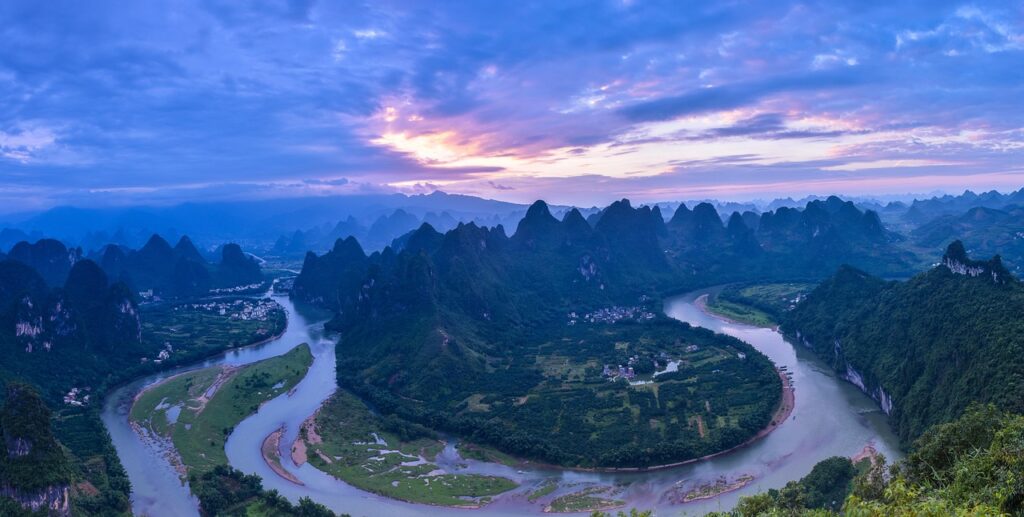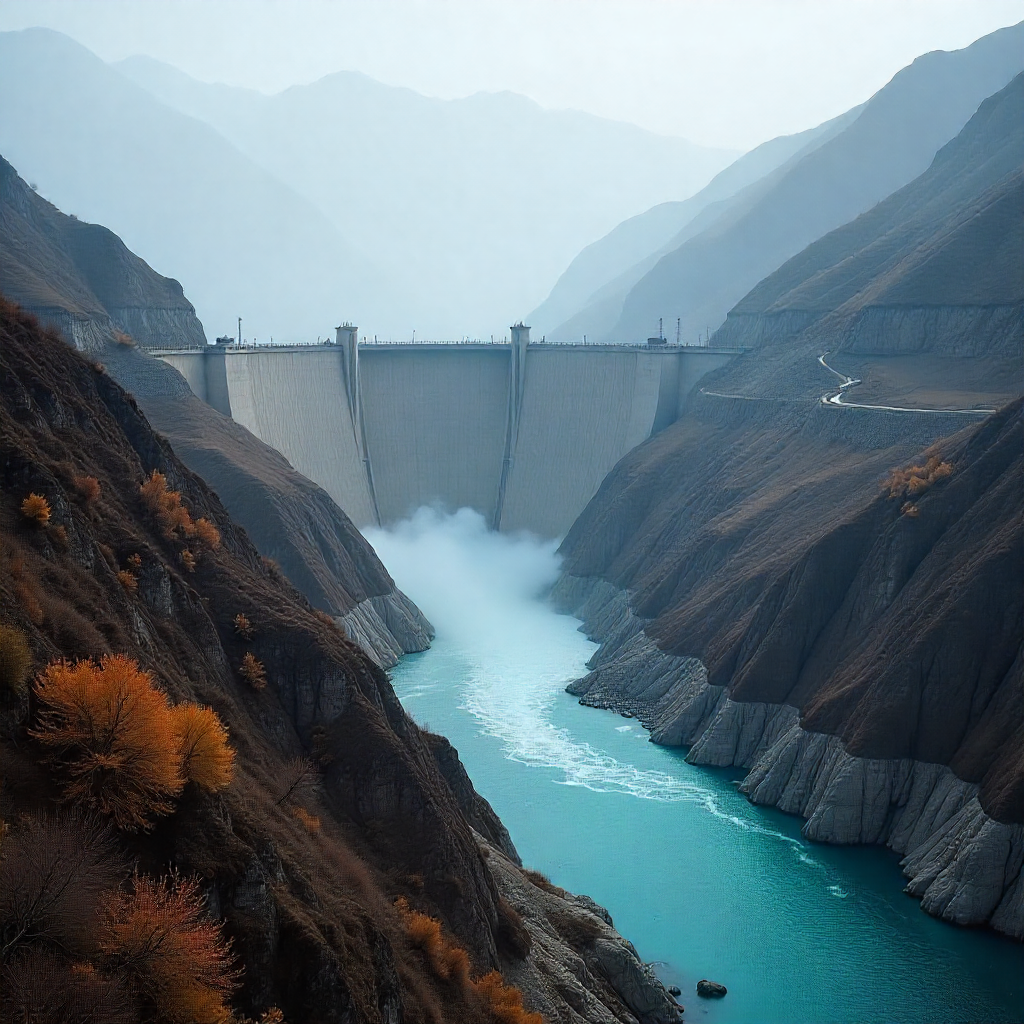Beijing— China has started building what will become the world’s largest hydropower dam on the Yarlung Zangbo River in Tibet, aiming to boost renewable energy production.
The Himalayan project includes five hydropower stations on the river, called Brahmaputra in India and Jamuna in Bangladesh.
According to China’s state-run Xinhua news agency, Premier Li Qiang attended the groundbreaking ceremony for the hydropower dam in Tibet on Saturday.
This project, which had been in planning for several years, received official approval in December. It aligns with China’s goals for carbon neutrality and aims to support economic development in the Tibet Autonomous Region.
Xinhua said the Tibet dam will power local areas and send electricity across China. The total estimated cost of the project is 1.2 trillion yuan ($167.1 billion).
China’s Yarlung Zangbo Dam in Tibet will rise near the “Great Bend,” using a 2,000-meter drop over 50 km to produce massive hydropower.
To achieve this, engineers plan to construct at least four tunnels, each around 20 kilometers long. The massive Yarlung Zangbo Dam project highlights China’s push to harness Tibetan rivers for its rising energy needs.

Chinese officials say the project will aid carbon neutrality by 2060 and cut coal use. However, the dam’s location is ecologically sensitive and sits in an earthquake-prone region that supports rare species. The Tibetan Plateau, known as Asia’s water source, nourishes rivers serving more than 1.3 billion people across ten nations.
Despite China’s claims of minimal impact, scientists and nearby nations like India and Bangladesh remain concerned about the Yarlung Zangbo Dam.
The Chinese government promotes Yarlung River dams as eco-friendly projects that generate clean energy and uplift rural Tibet.
But Tibetan activists accuse Beijing of exploiting local people and land. Last year, authorities arrested and beat hundreds who protested another dam project.
Environmentalists also warn the dams could flood biodiversity-rich valleys and pose risks in this earthquake-prone region.








